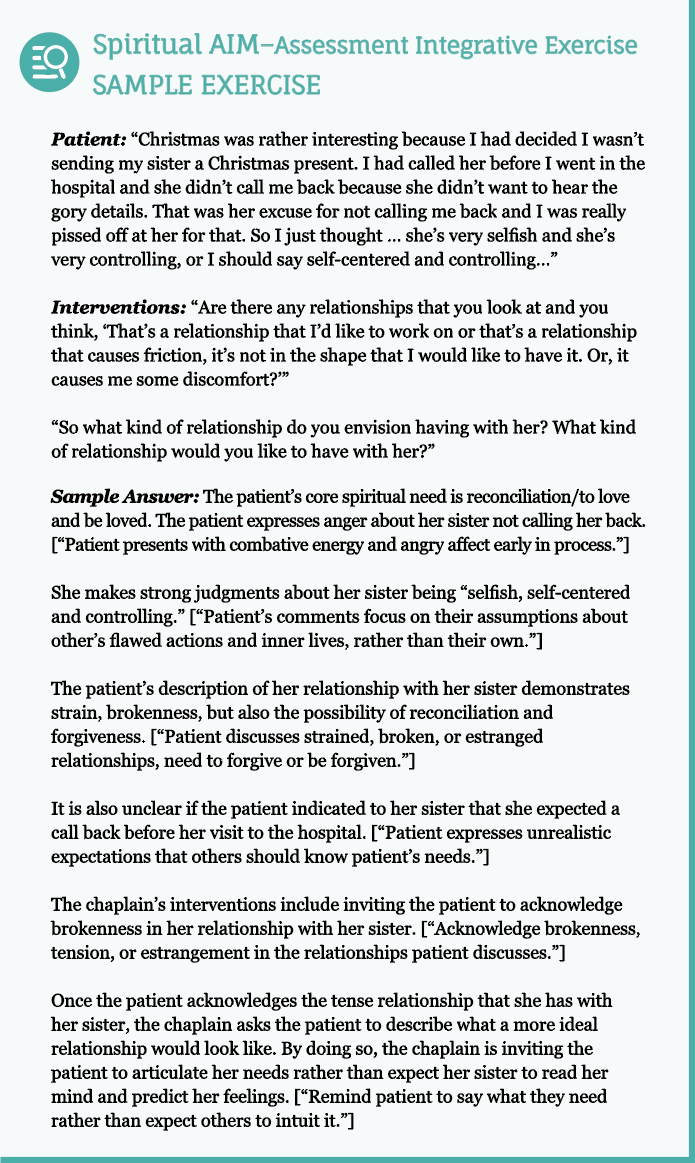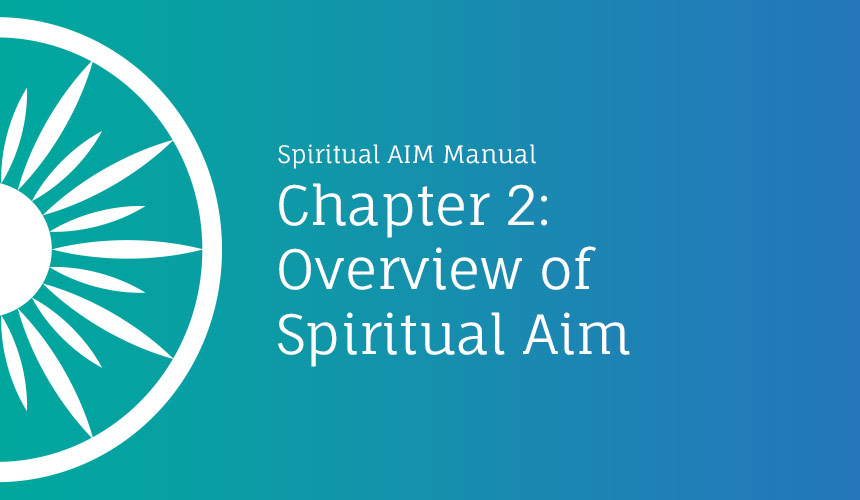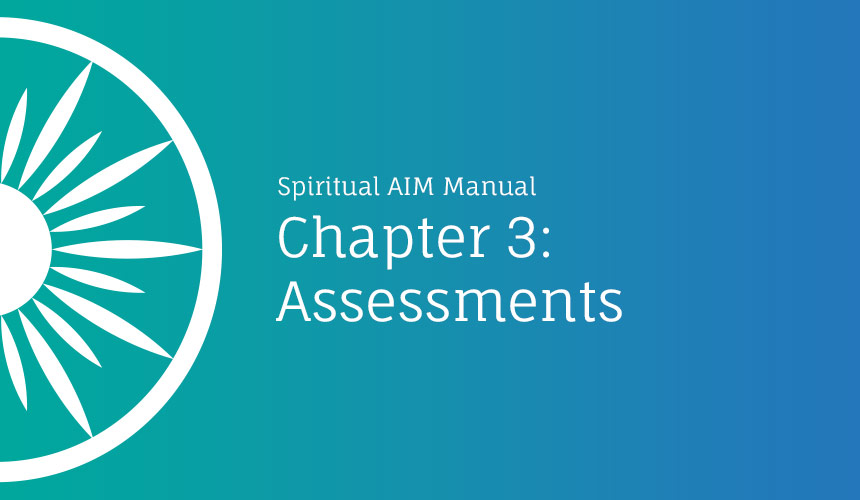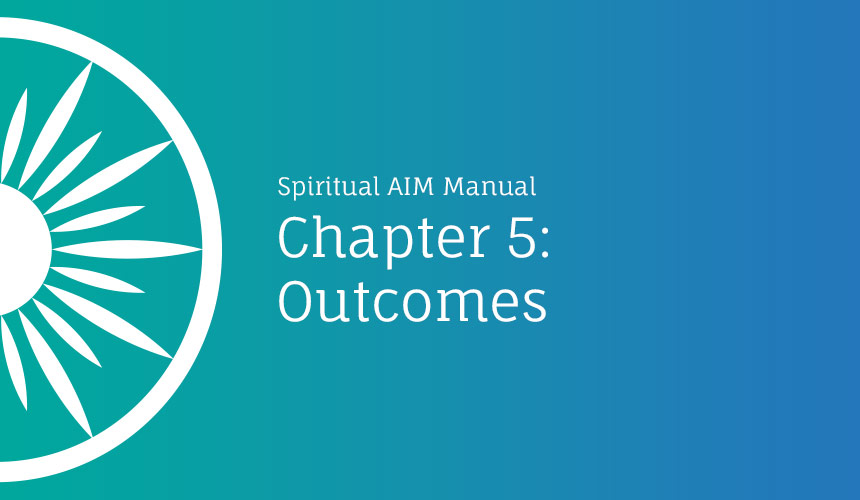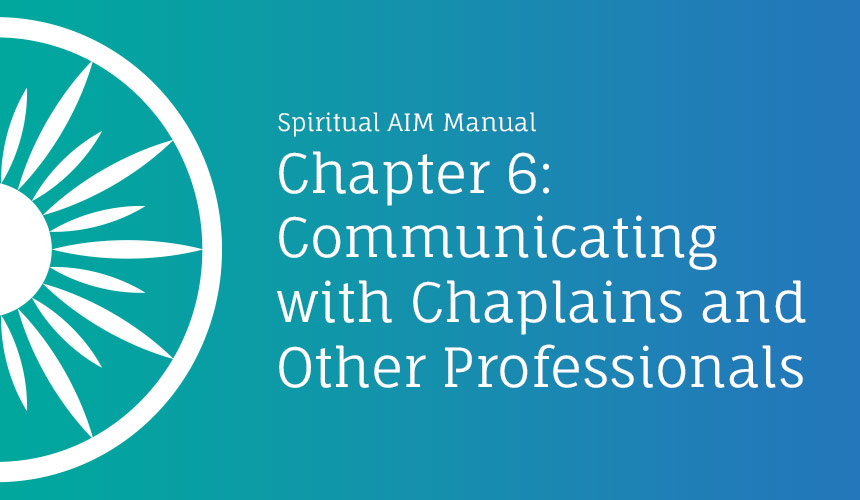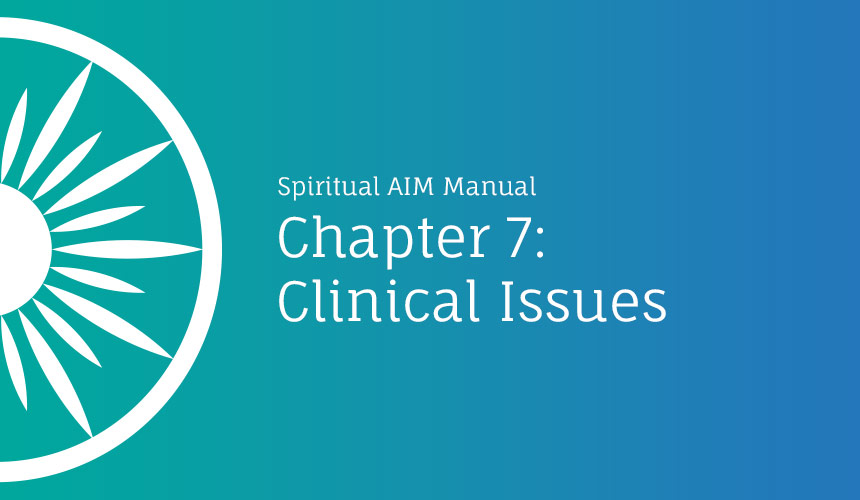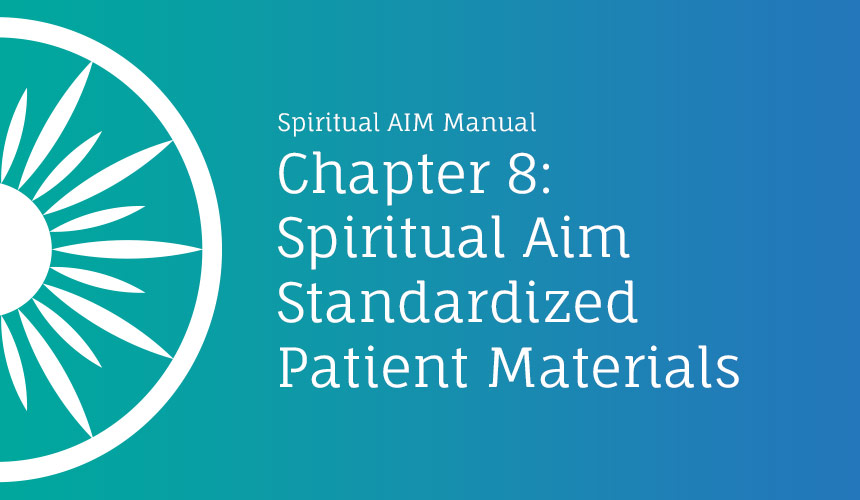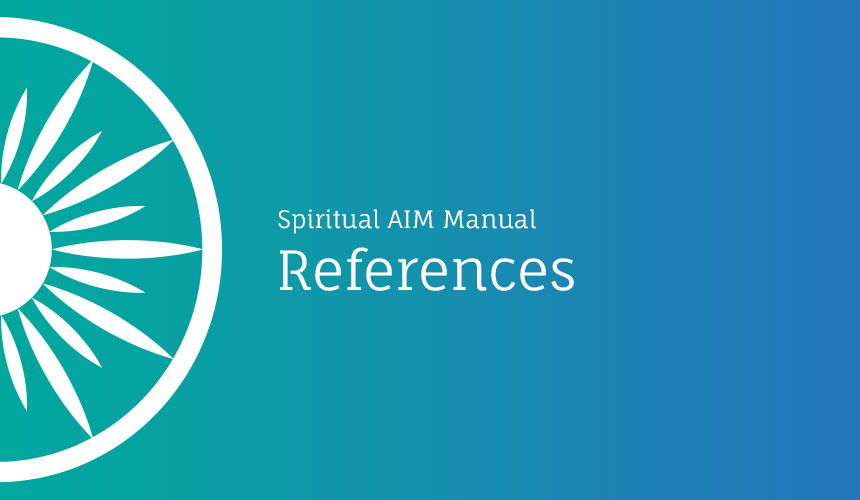I. Meaning and Direction
For the person with a spiritual need of meaning and direction, you will embody a guide. This person needs accompaniment, someone who will shine a light on the path for them to find their own meaning and see which direction is best for them to take. To be a guide, you can name and reflect back emotions as sources of clarity. Anger works particularly well for this.
You can also:
- Surface what decisions need to be made and/or what questions need to be answered.
- Ask the patient to name resources to help make decisions and answer important questions.
- Demonstrate support and guidance to the patient as if you were walking with the person along a path.
- Recognize moments for celebration.
II. Self-worth and Community Belonging
For a person with a core need of self-worth, you will embody a valuer. You may also embody community, even if it is a community of two. It may be a community of three, if the patient believes in the presence of God or some other constant spiritual companion. By embodying a valuer/community, surfacing anger is a source of energy that helps patients stand up for themselves and find their voice.
The chaplain as valuer also encourages the patient to express old, unhealthy, unkind beliefs about themself so that they can be empowered to find what is false in these. Patients can decide what
beliefs, possibly theological, are and are not serving them. You can help them with this discernment.
The chaplain can empower the patient to identify what is lovable about themself by keeping the person company, while listening to their story. This is particularly effective with patients who have a story to tell about the trajectory of their illness or health crisis.
III. Reconciliation/To Love and Be Loved
For the patient with a core spiritual need of reconciliation, the chaplain will embody a truth-teller who holds up a mirror, reflecting the patient’s relationships to others and calling them to their better nature. The truth-teller holds the patient accountable for their part in tense or broken relationships, asking them to take responsibility and to assume greater humility. The patient may easily express anger, and the chaplain works to explore the sadness and fear beneath the antagonistic exterior.
